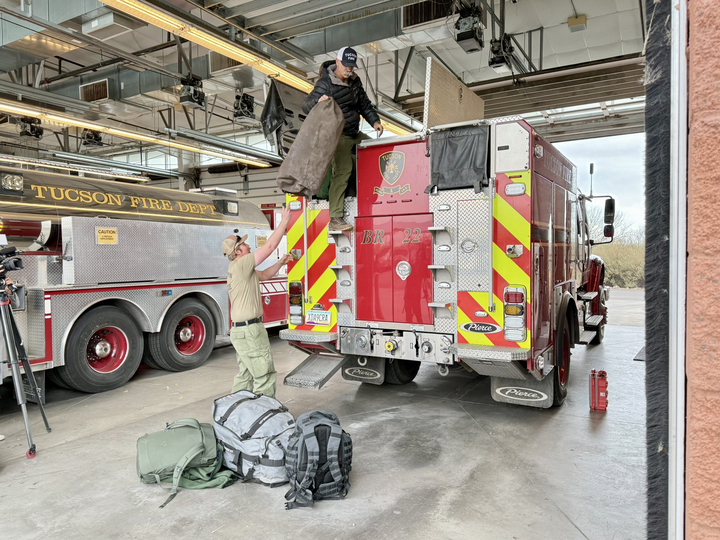Six UA faculty members — more authors than from any other university in the country — contributed to a draft of the National Climate Assessment report, released earlier this month.
The assessment is supposed to be conducted every four years under the Global Change Research Act of 1990. The United States Global Change Research Program website lists the first key objective of the report as “evaluating, integrating and assessing relevant climate science and information from multiple sources,” and goes on to list “increasing understanding of what is known and not known about climate change.”
The faculty members contributed to six different chapters. Two of the authors are convening lead authors, which means they led the development of their respective chapters. Diana Liverman, the co-director for the UA Institute of the Environment, is a convening lead author on the Research Agenda for Climate Change Science chapter and Gregg Garfin, a deputy director at the Institute of the Environment and UA professor, is one of the convening lead authors on the Southwest chapter.
Katharine Jacobs, a soil, water and environmental science specialist who is now serving as assistant director for climate adaptation and assessment, which is part of the White House Office of Science and Technology Policy, praised the UA’s involvement in drafting the assessment.
“The University of Arizona has a strong climate program and they have expertise in a wide variety of topics related to climate,” Jacobs said. “And for that reason there are a larger number of researchers from the University of Arizona involved in the National Climate Assessment than any other institution.”
Jim Buizer, a professor at the UA School of Natural Resources and the Environment and deputy director at the Institute of the Environment, was the lead author on the Mitigation chapter and the Sustained Assessment chapter. He is also one of 60 members of the National Climate Assessment and Development Advisory Committee, which is the governing body of the assessment.
“It [being part of the assessment] is a big deal,” Buizer said. “If you can just sort of look at the numbers, the sheer numbers, of the process by which the authors are picked.”
Of the 2,500 to 3,000 people who are considered, only 240 authors are selected to contribute, Buizer said.
Andrew C. Comrie, senior vice president for academic affairs and interim provost and one of the lead authors of the Southwest chapter, said that the Southwest has some “very real environmental challenges,” particularly the different extremes in the climate, which will lead to “real adaptation challenges.”
From the Mitigation chapter, Buizer said “in no uncertain terms, humans are causing, through our behavior, are causing the chemistry of the atmosphere to change.”
New scientific evidence indicates that, as a nation, there is a risk of losing a lot of forests as the climate continues to warm, said David D. Breshears, professor of natural resources and one of the lead authors of the Foresty chapter.
“There is a lot of new studies that tell us, as things get warmer, it is going to get a lot worse for the forest and our forests are really at risk of changing, of losing a lot of trees quickly,” Breshears said.
The draft is now open to public review, which closes on April 12, when the assessment will be submitted to the government in its final form.
“It [the level of UA faculty involvement in the assessment] makes us very proud that a university like ours, where we do believe in what we do in the environment and we are good at it, it is good to see that born out in reality.”









